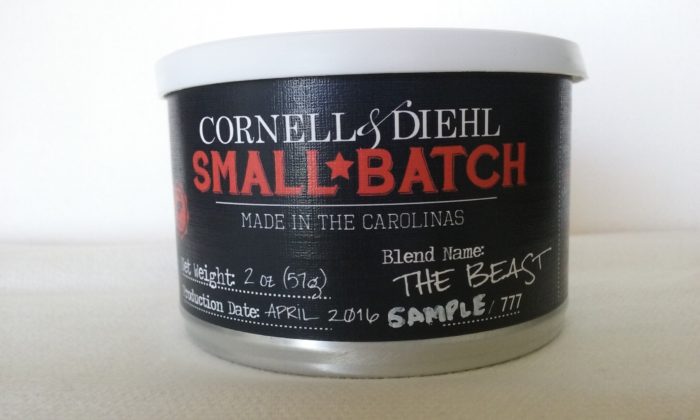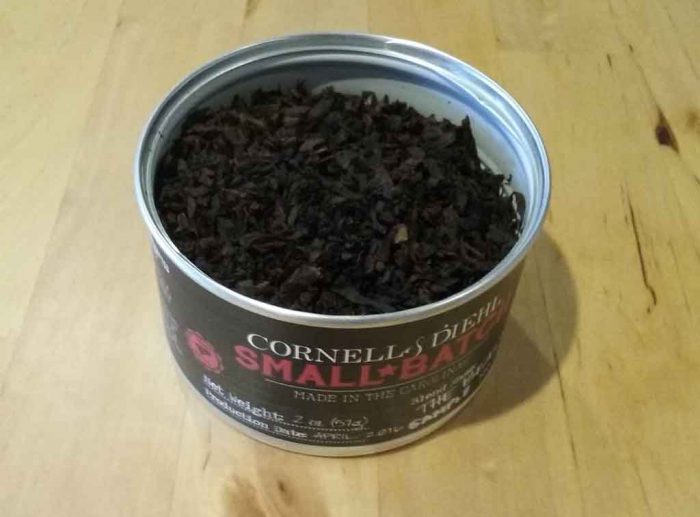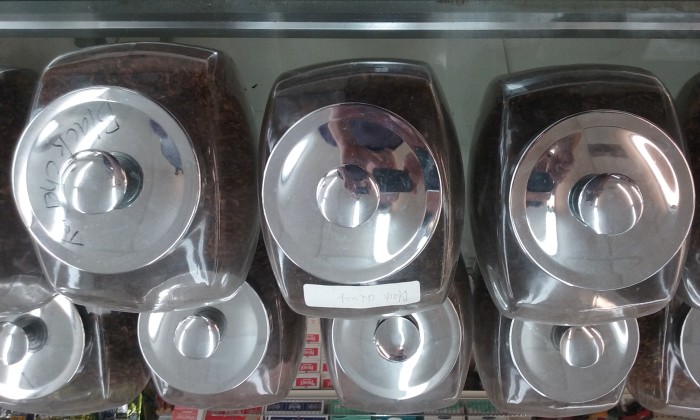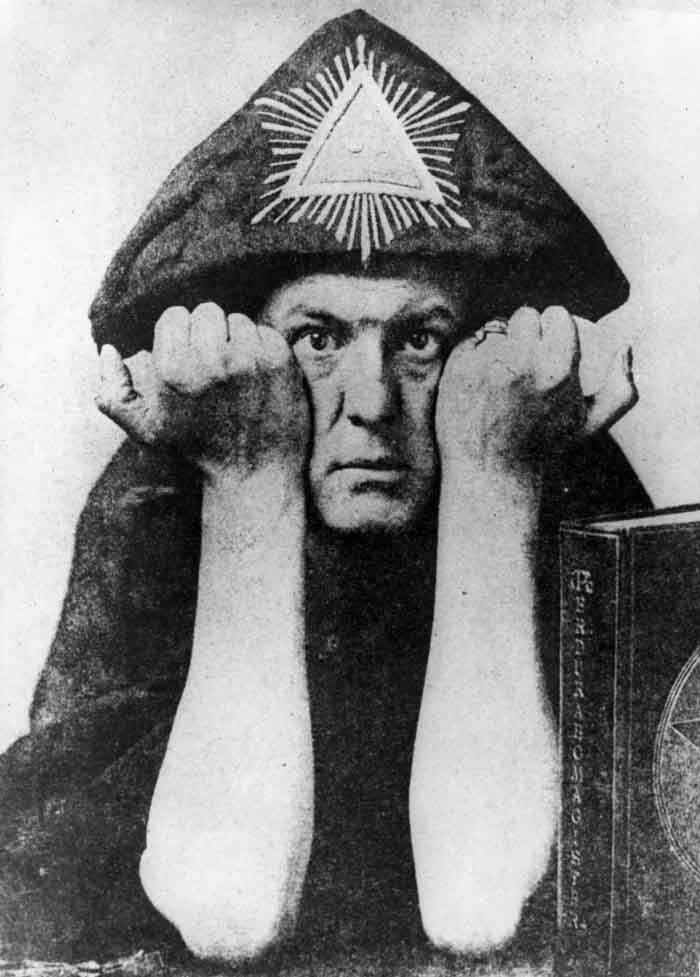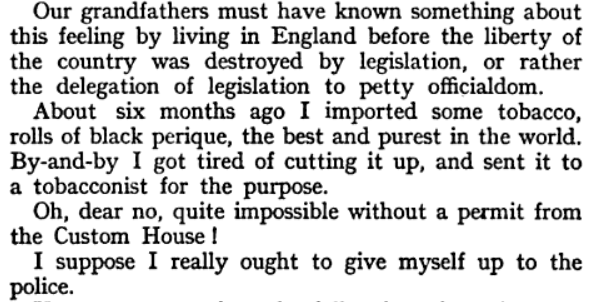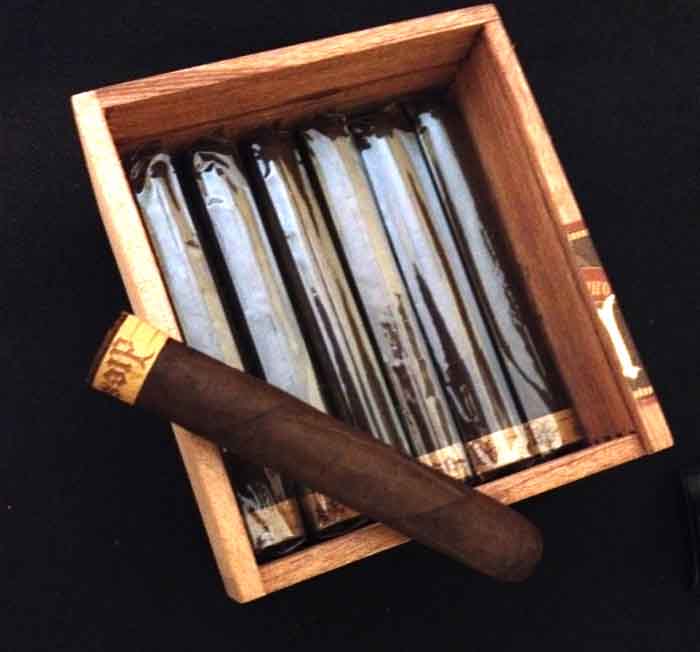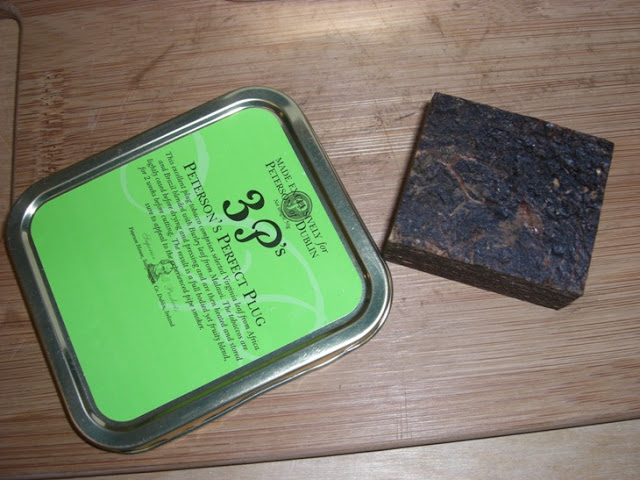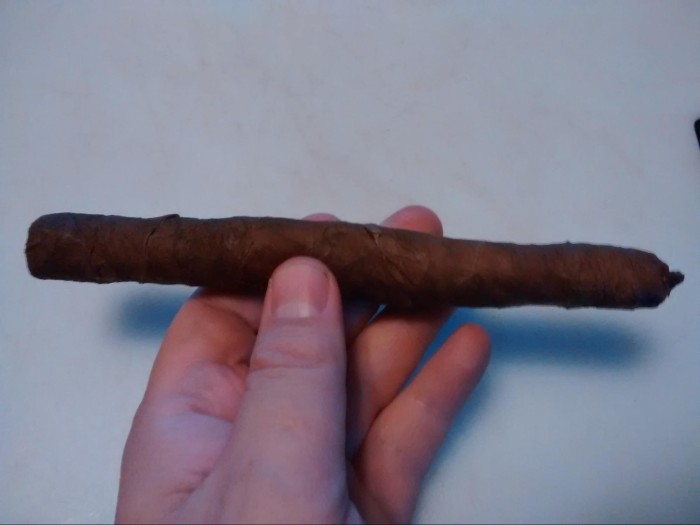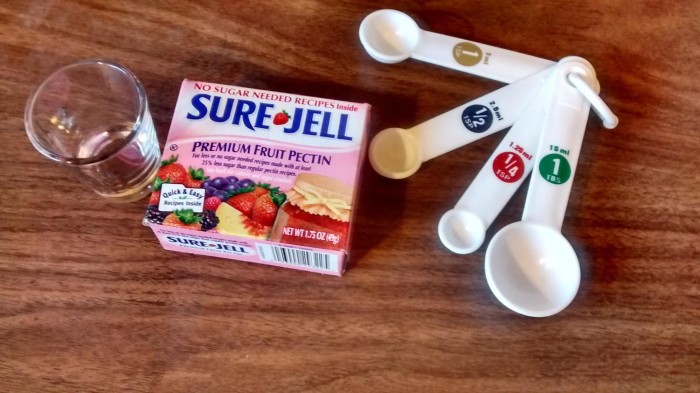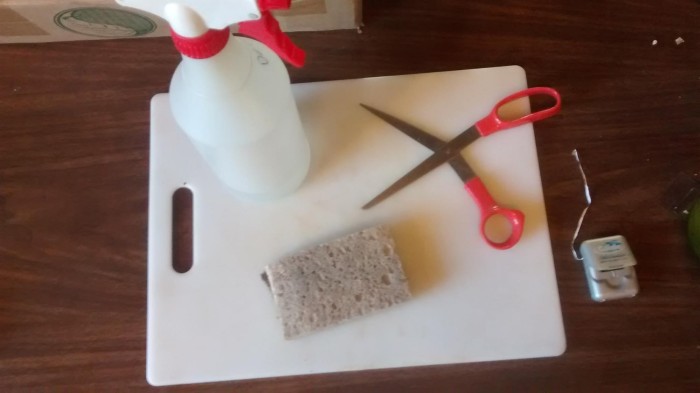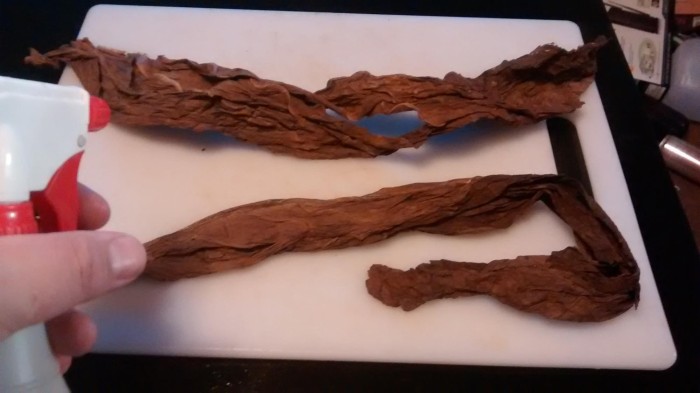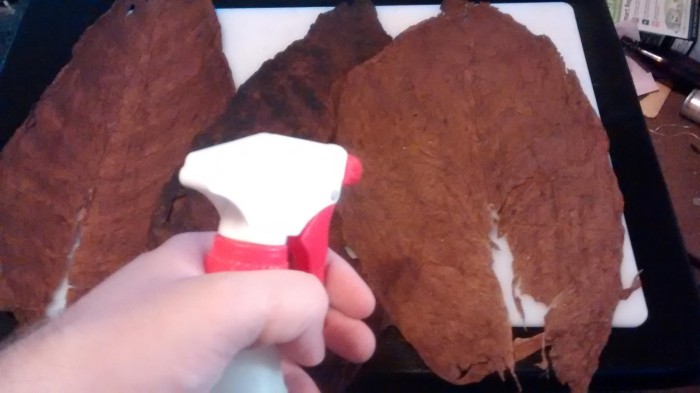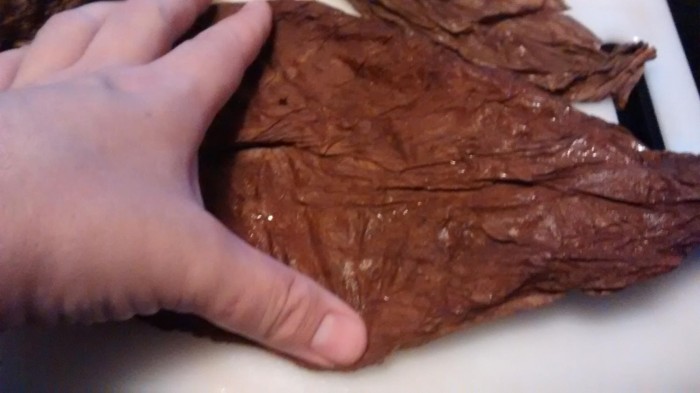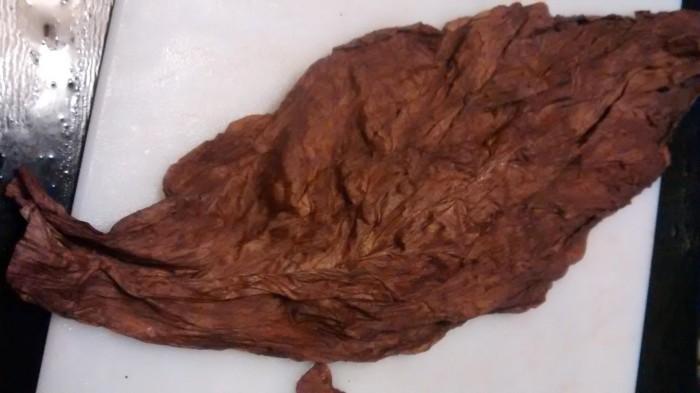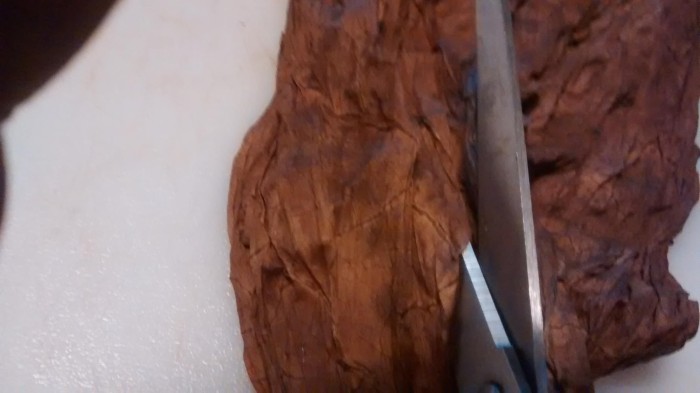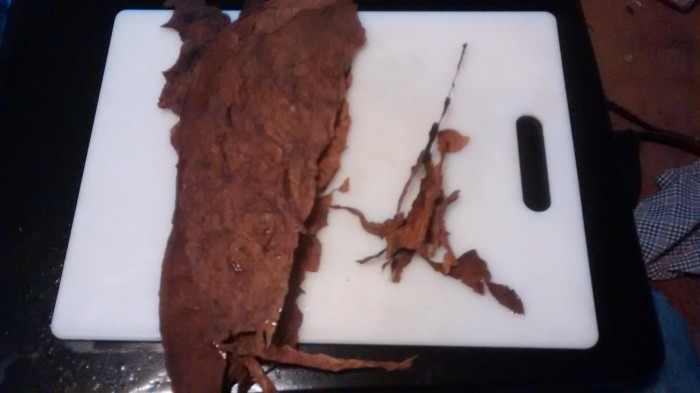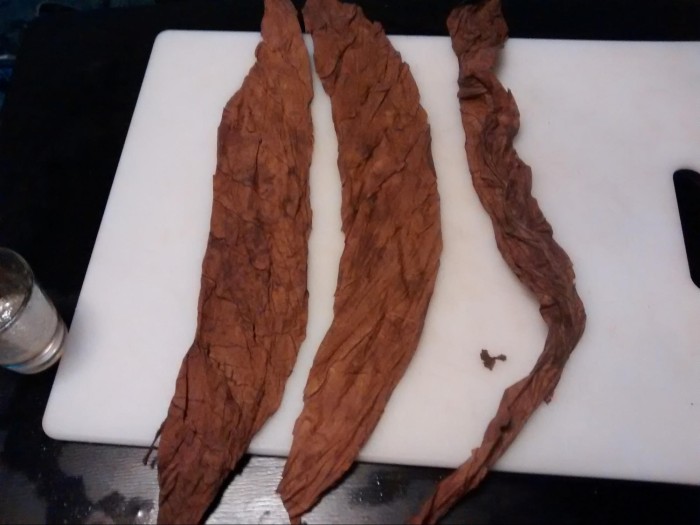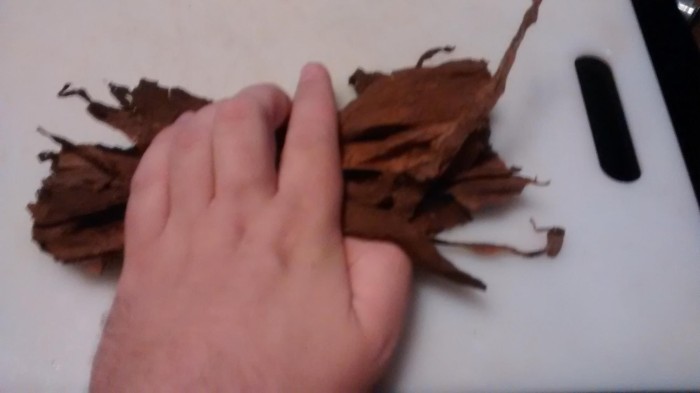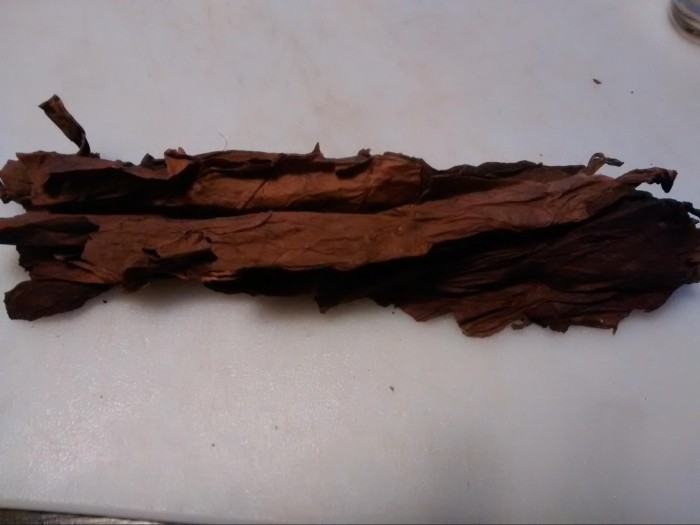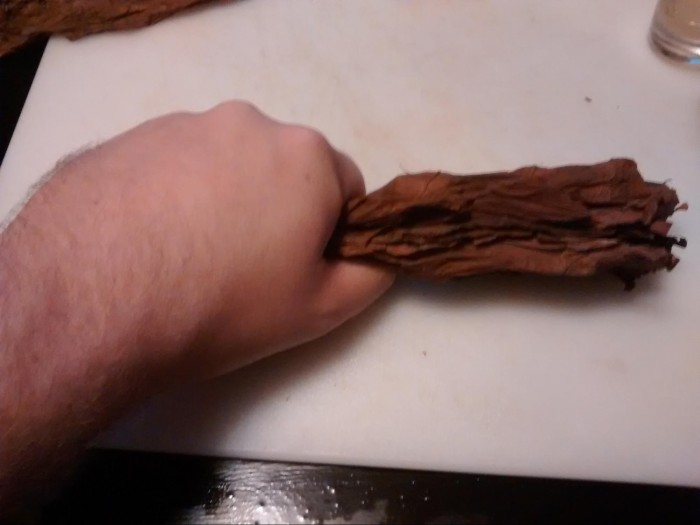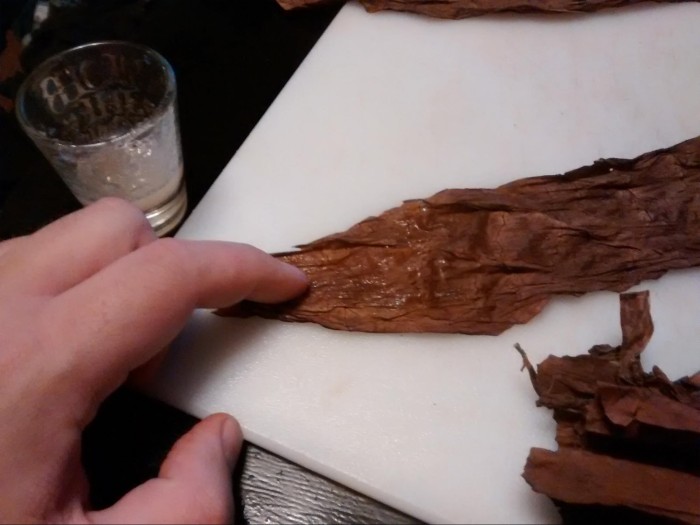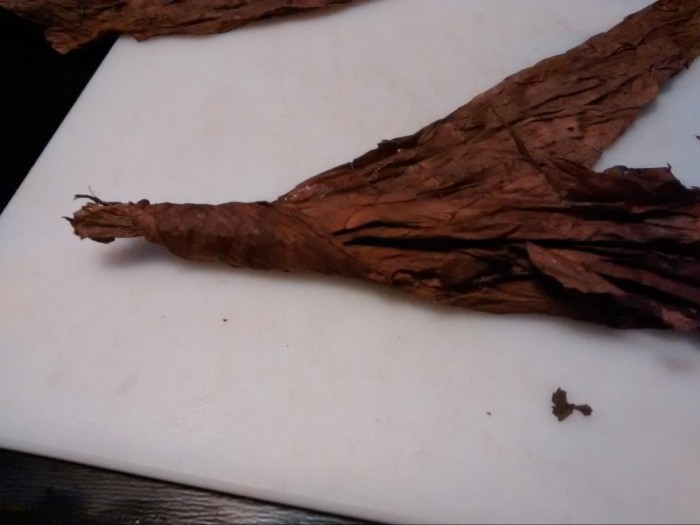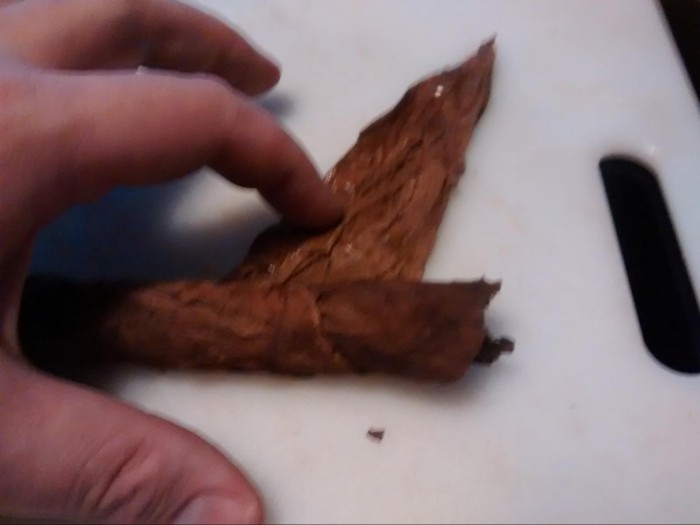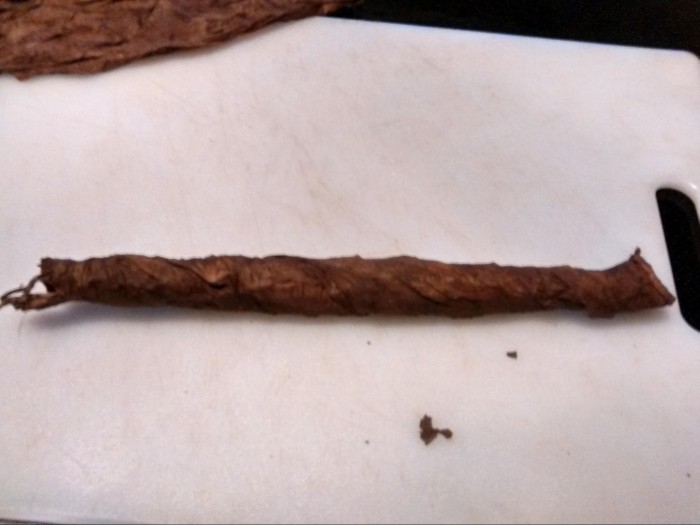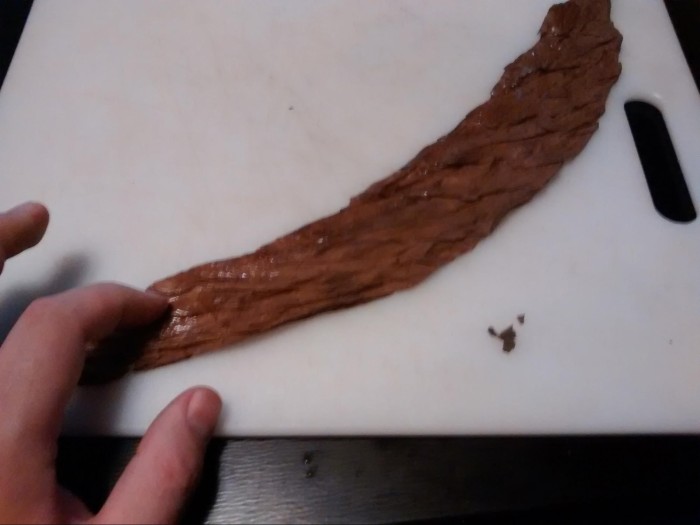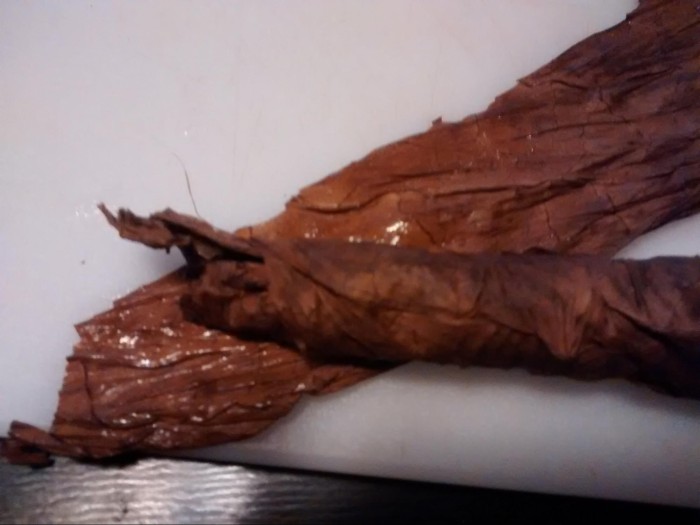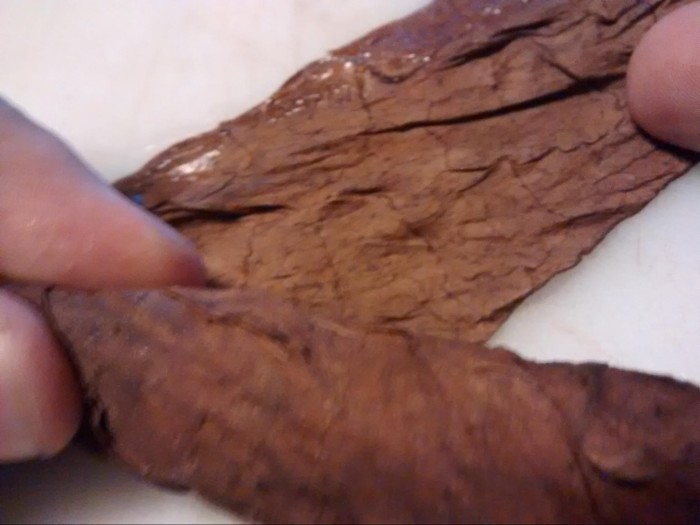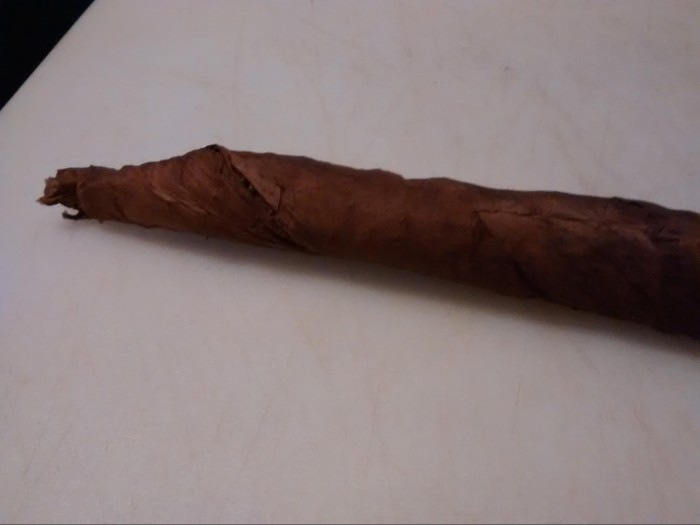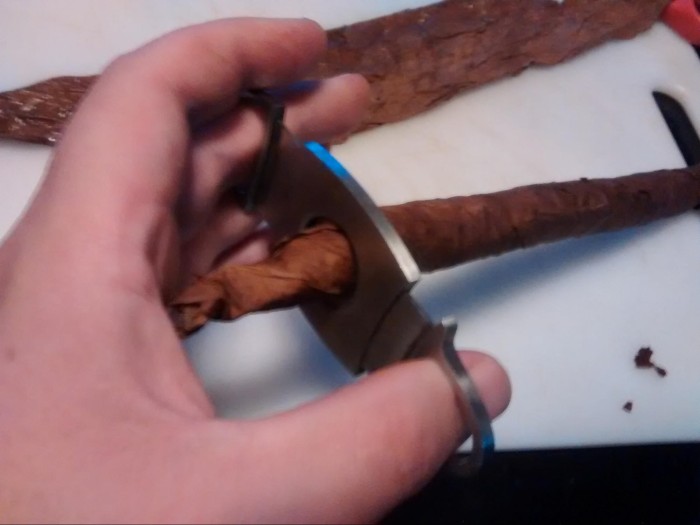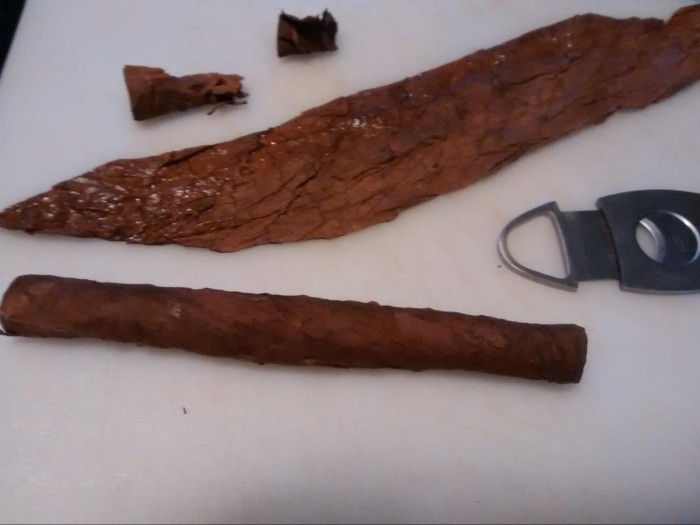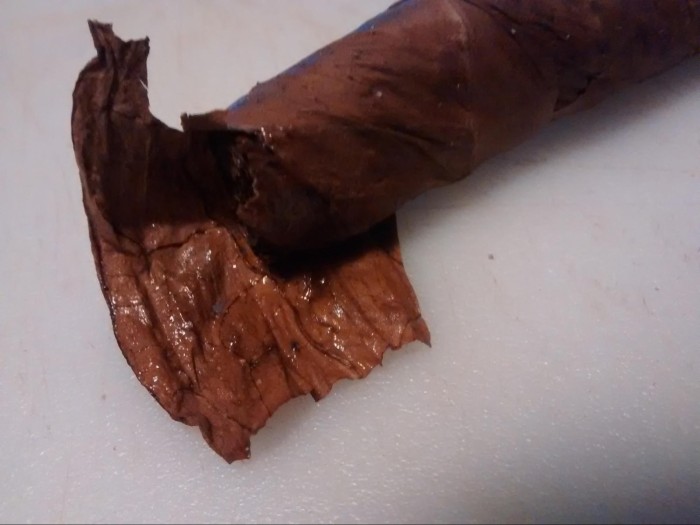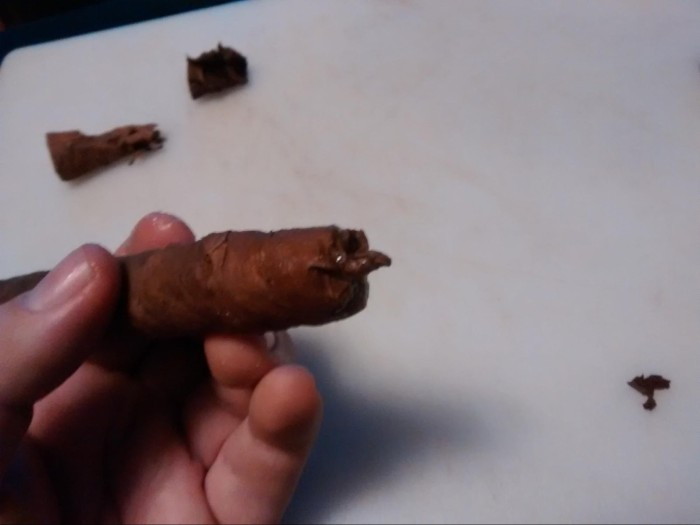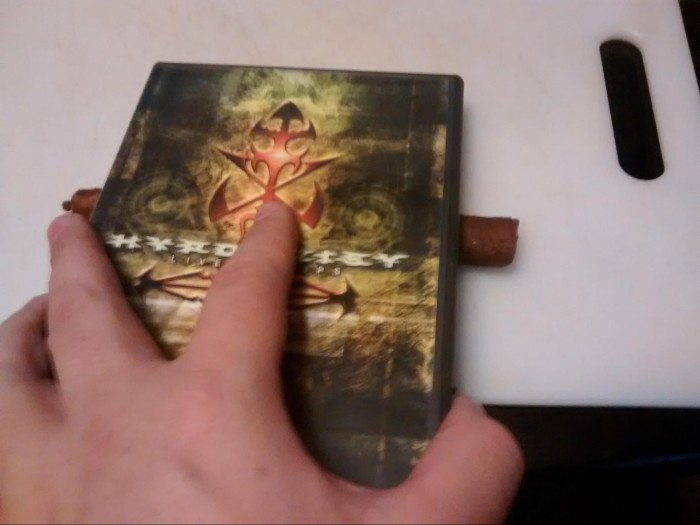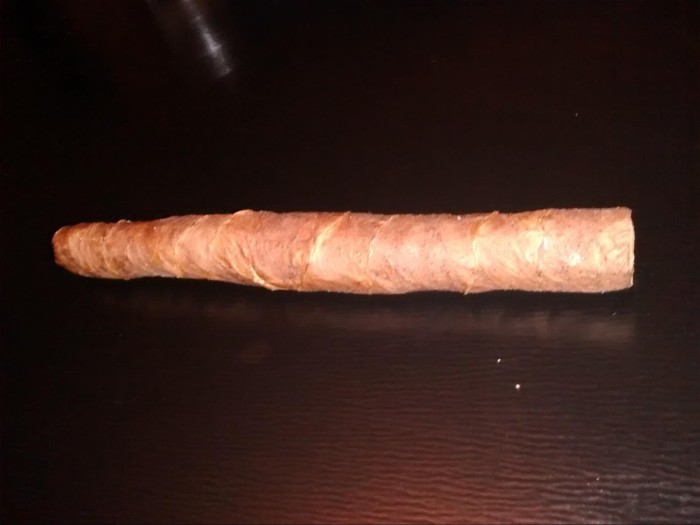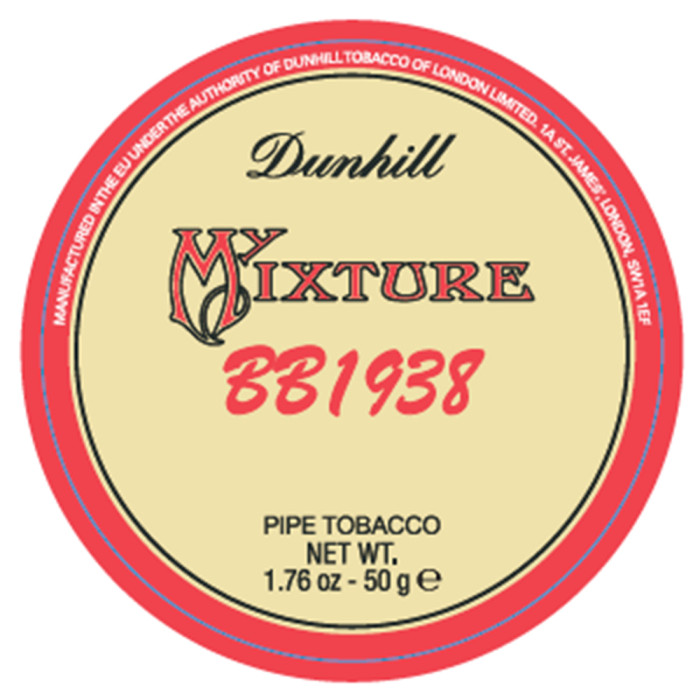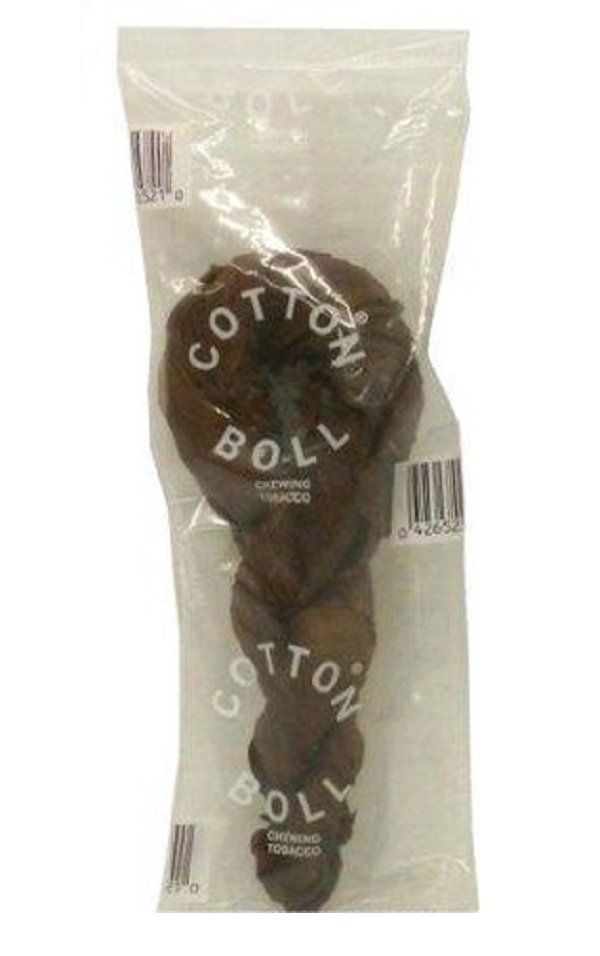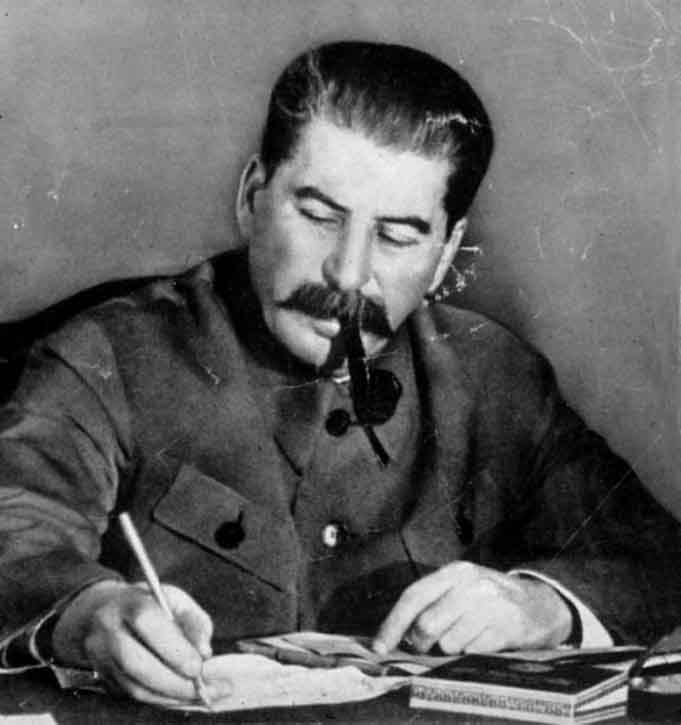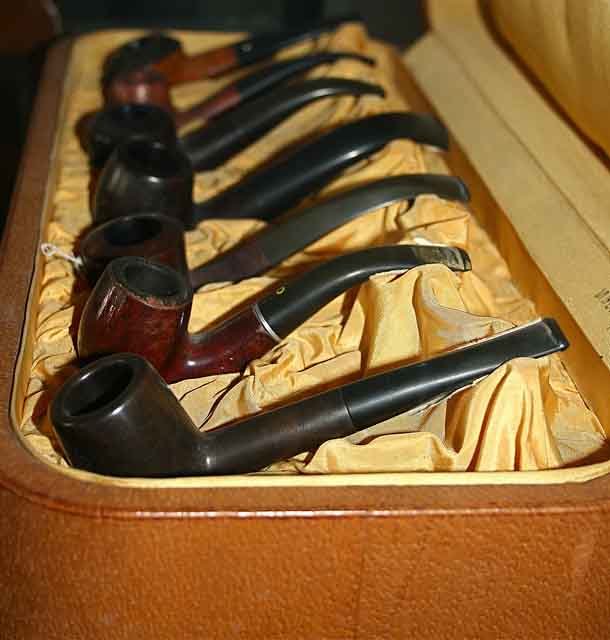Interest grows in The Beast, the latest concoction by famed blending house Cornell & Diehl, which was inspired by Aleister Crowley and built around his favorite recipe of rum soaked Perique. As it turns out, all of the lore and fame is deserved, because The Beast is a densely flavorful blend for the experienced smoker without going overboard and becoming the dreaded “acquired taste” that is not enjoyable by the casual smoker.
St. James Parish Acadian Perique is notoriously difficult to work with. This tobacco is fermented under pressure in barrels to remove some sugars and bring Nicotine to the fore, giving it a reputation as an ingredient in high-powered blends. In the presence of different tobaccos, it reveals multiple faces of its flavor: sometimes an acidic fruity taste, or the sensation of pepper on a dried fig, and in some cases, it tastes almost like a pickled jalapeño. For most smokers, more than one part in ten within a blend causes uncomfortable levels of spiciness and Nicotine, so these blends are kept in the back of the pipe cabinet for the hardcores and well-worn codgers.
With The Beast, Cornell & Diehl brings a new face to Perique. At first open, the tin gives off a smell like fertilizer and olives in brine, but then the smell of the rum comes through clearly over a strong natural tobacco scent. As it dries, the tobacco and rum combine to give off an impression of fermentation with a rich undertone, like fall leaves decaying into humus. In addition to the St. James Parish Acadian Perique, the blenders added Black Cavendish, Red Virginia Cavendish and a tobacco that I think is as intense as Perique, the Dark Fired Kentucky Burley that originates as a strong leaf which gains potency when it is smoke-cured and aged.
The first match brings out the top note of rum and successive waves of sweetness as the Cavendishes and Perique wake up to the heat. Then, the dark and smoky taste of the Dark Fired Kentucky Burley rises to the fore. At this point, the tastes combine, and it is this singular flavor that dominates the taste profile of this blend to the bottom of the bowl. Imagine a summer day barbecue, with meat dipped in a sauce of tomatoes, wine, molasses, teriyaki and a shot of rum. Ablaze over the grill, it gives off an enticing scent: a rich natural smell, giving rise to a flavor as powerful as the olfactory stimulation.
The Beast smokes smoothly and gives off a milder but still potent version of Crowley’s famous recipe which is its heart. You will taste the Perique basted in rum as a spicy fruit, like peppered date-stuff jalapeños that have been charred over an open campfire. Its supporting cast is just as important. The Red Virginia comes through as a tomato-like, vinegar-ish flavor, and together with the black Cavendish, it sweetens the blend and makes the spice and fruitiness blend into the rest of the leaf to create a single flavor. The Dark Fired Kentucky Burley creates the barbecue effect and lifts this blend up into the realm of serious intensity in both Nicotine and woodsy, nutty, natural flavors.
The wisdom of the blenders comes through in how little the top flavor obstructs the natural flavor of tobacco underneath, and how well these different leaf types meld together into a single flavor that is all their own. Some will taste notes of ketchup, leather and perhaps a hint of a fine stout beer; others will note the smoky tempest of the dark leaf alone. But really, these are fragmentary descriptions. The whole comes together into a mulled, smoky flavor with the fruity/peppery flavor of the Perique channeled into a sweet and spicy mixture. It burns evenly, down to fine grey ash, and while it pops out of the tin relatively moist, requires little if any drying. I left these samples in the pipe for only a few minutes before setting them gratefully ablaze.
Now, a bit of warning. This is a Crowley-inspired blend, and it probably is not for the newly-minted pipesmoker or those who look for the word “mild” on the shelves of their local brick & mortar tobacconist. In intensity of Nicotine strength, The Beast is probably medium to strong or slightly stronger, with the mysterious effect of the Perique which brings out additional dimensions to the Nicotine effect. You may find yourself making goat horns on the side of your head with your fingers, or perhaps chanting in mixed Hebrew and Enochian toward the stars… it is not a knock-yourself-flat blend, but this leaf has a potency that will satisfy even the most hard-driven pipe smokers while not damaging the rest.
As the bowl winds down, the flavors separate from that singular core and mingle. Olives, wine, teriyaki, blood, and the fires of Hell, with hints of a sweet inner core like the smell of death on an August afternoon… mysteries from beyond the boundaries of time and space… strange eyes move in the darkness as fell voices are heard. My favorite time to smoke this is at twilight, looking out into the forest hung with Spanish moss, as human sounds recede and the tumult of nature takes over. There, a kindred sensation is felt to The Beast: a fierce independence and great strength, tempered into a picture of beauty and solitude, under infinite stars.
2 CommentsTags: black cavendish, cornell & diehl, dark fired kentucky burley, perique, pipe tobacco, pipes, red virginia cavendish, tobacco
